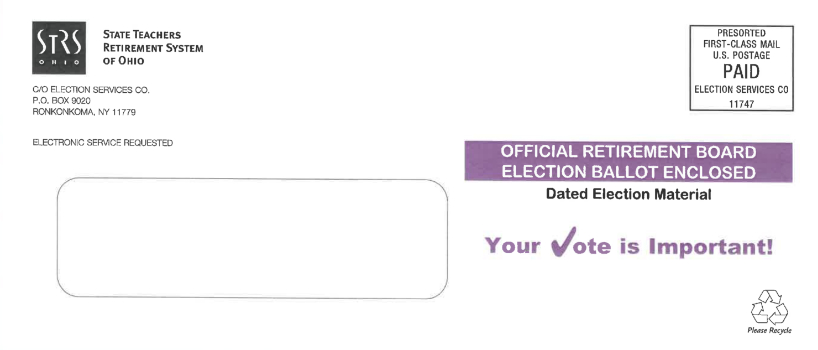Retirees of the State Teachers Retirement System of Ohio are hopping mad over $10 million in bonuses paid to the STRS staff for its performance in managing the STRS investment portfolio. I believe their concerns are justified.
One of the fund’s trustees, Rudy Fichtenbaum, retired professor of economics at Wright State University, reached out to me for help in gauging how well the fund has performed through the eyes of a disinterested investment expert. (At the time, I was unacquainted with Professor Fichtenbaum or anyone else connected with STRS.)
STRS reports its performance using a nontransparent benchmark of its own devising. It claims to have outperformed its benchmark consistently over time.
The payment of bonuses is triggered by this measurement. But the benchmark itself has been questioned inasmuch as no one apart from STRS and its external investment consultant, Callan Associates, has ever reproduced it, let alone attempt to validate it.
Professor Fichtenbaum’s request seemed reasonable, so I performed, pro bono, an analysis of the fund’s performance over 13 years, dating from the Global Financial Crisis of 2008 through its 2021 fiscal year.
I used the widely recognized methodology devised by Nobel laureate William Sharpe, which is applicable when a fund’s benchmark is unavailable or in dispute. The methodology identifies the combination of stock and bond indexes that statistically mimics the portfolio’s past return as closely as possible. It attempts to determine how the fund has performed compared with simple index investing with the same level of risk and overall asset allocation as the fund itself. It is an objective approach.
My analysis indicated that the STRS fund underperformed a passively investable benchmark by 1.62 percentage points per year for the 13 years, a margin of underperformance that could not reasonably be attributed to bad luck, statistically speaking.
I opined at the time that much of the underperformance could be attributed to unrecouped investment expenses incurred by STRS. An opportunity cost of that magnitude on a portfolio averaging, say, $60 billion in value over time, adds up to nearly $12.5 billion.
During the recent STRS trustee meeting, Brady O’Connell of Callan Associates dismissed my results. He was quoted as saying, “I think it’s good to evaluate different ways to look at things from time to time, but in no way is [the methodology used by Ennis] a convention that’s been widely adopted in the industry.”
Learning of this I wrote to the STRS trustees as follows:
Mr. O’Connell is a fine man, and he is absolutely right that returns-based style analysis [the common term for the Sharpe methodology] used by academics and serious practitioner-researchers to evaluate portfolio performance when the benchmark is unknown or in dispute, is not a convention that has been adopted in the industry in the design of performance benchmarks.
The convention among large public pension funds like Ohio STRS is for the staff and consultant to work together to contrive a benchmark that no one else could reproduce if their life depended on it: one that is opaque, complex, and purely subjective; one that is tweaked regularly by the staff and/or consultant; One that demonstrably understates a fair return for the risk assumed; and one that invariably gives the misleading impression that the fund is outperforming passive management — adding value — when it is not. That, unfortunately, is today’s convention.
In writing to the trustees, I stood by my assessment of STRS performance. I believe the retirees have a legitimate beef.
The author, Richard M. Ennis, CFA, managed money at Transamerica and pioneered quantitative investing in the early 1970s. Mr. Ennis co-founded EnnisKnupp, the first consultancy to be recognized as a professional services firm. He served Ohio Public Employees Retirement System for many years and the Ohio workers comp insurance fund during a difficult period when the value of its assets was in question.


